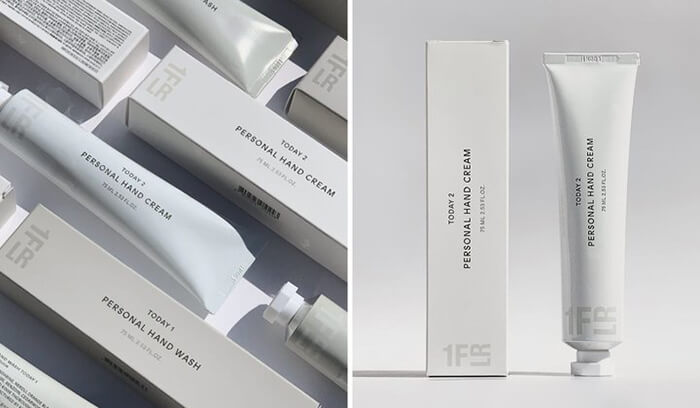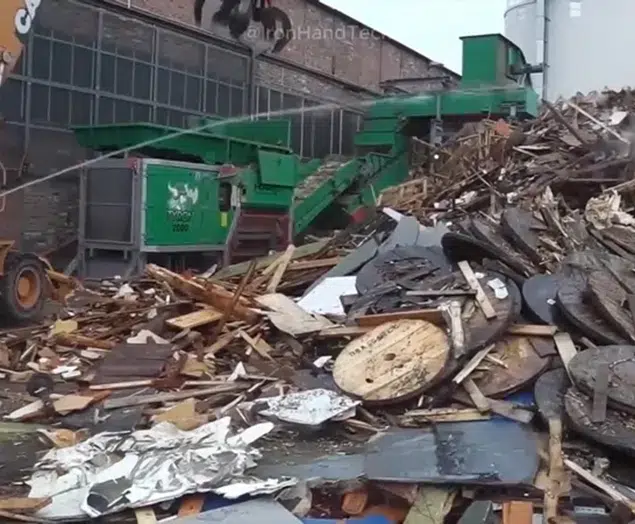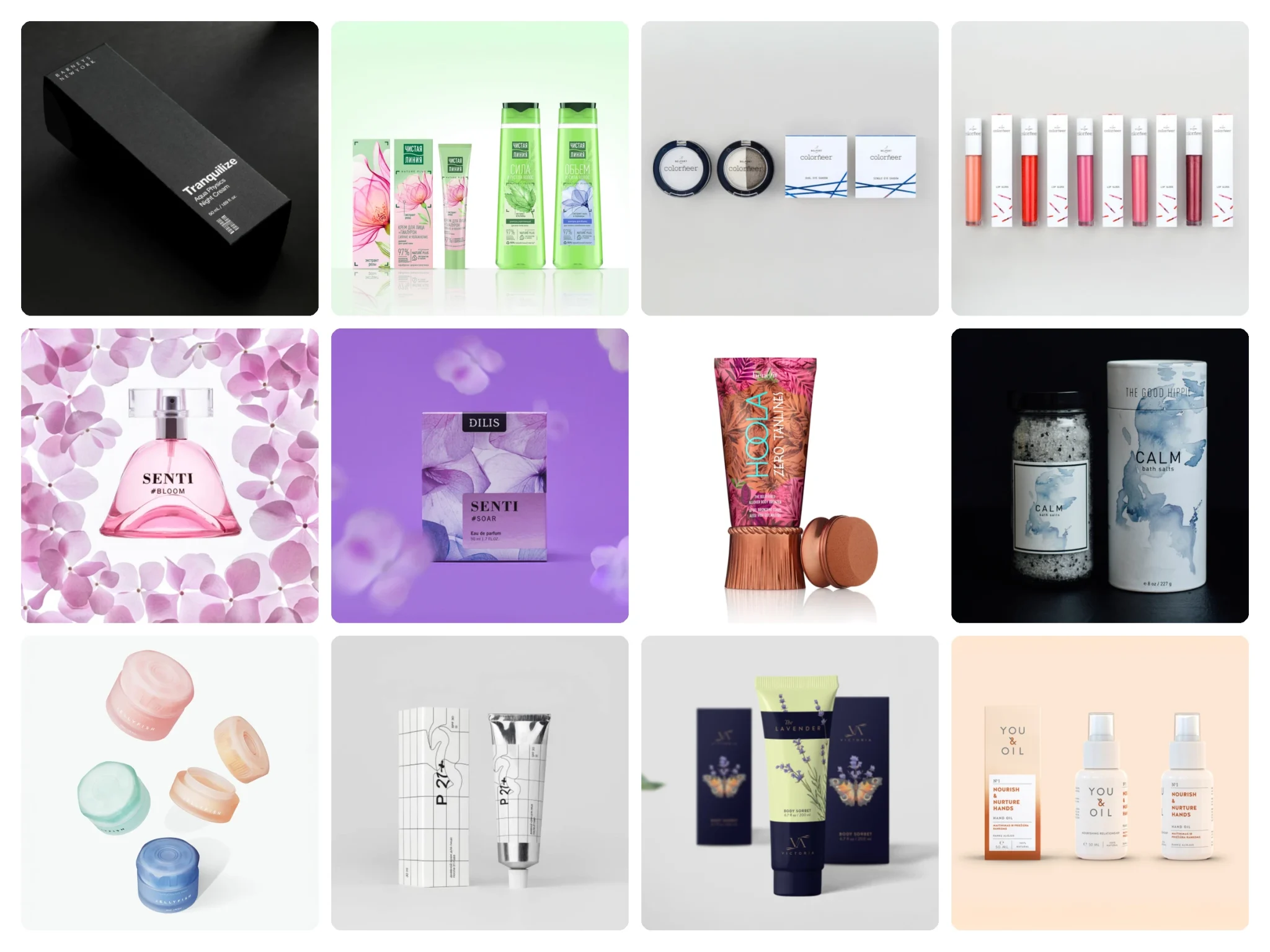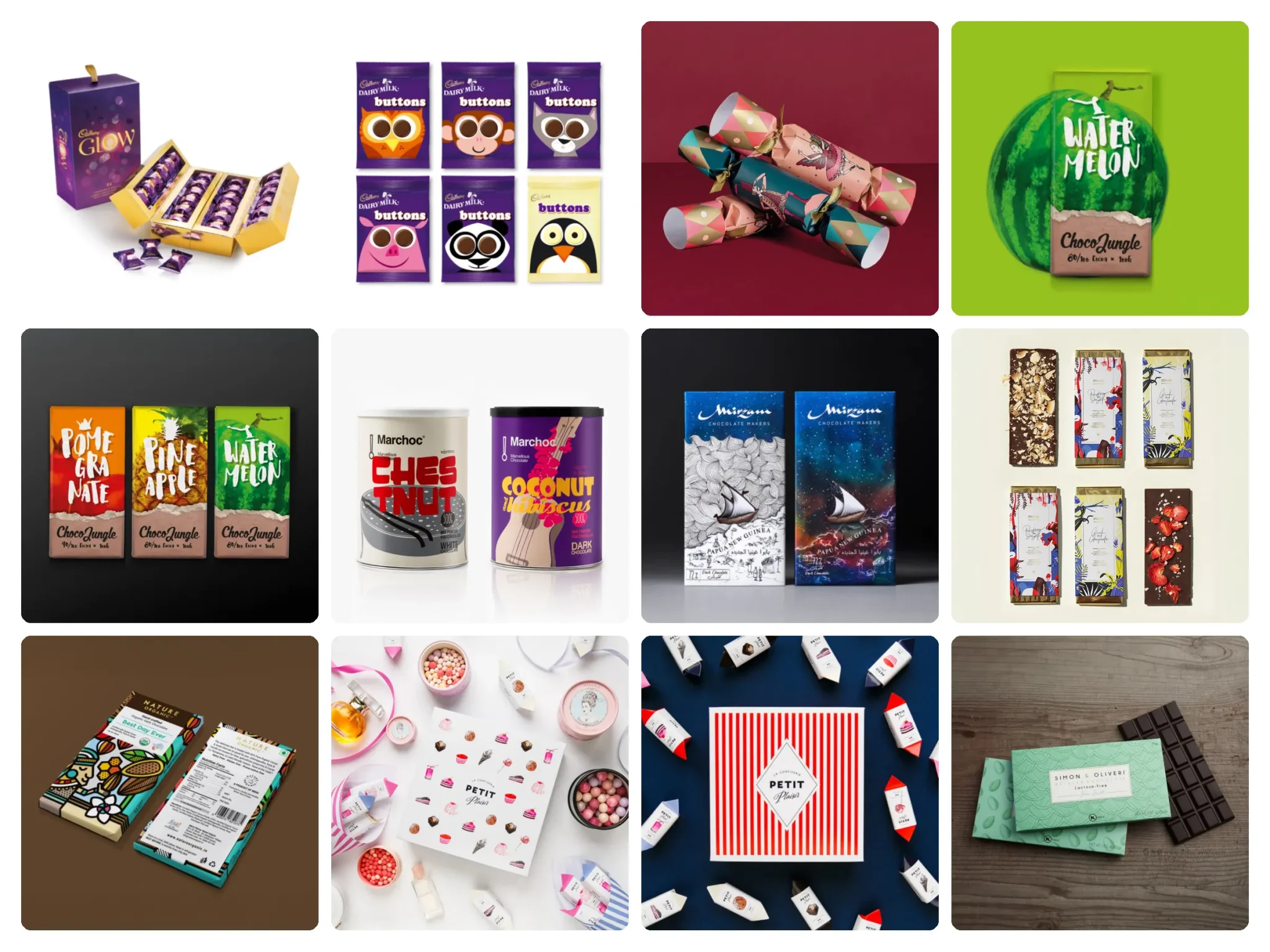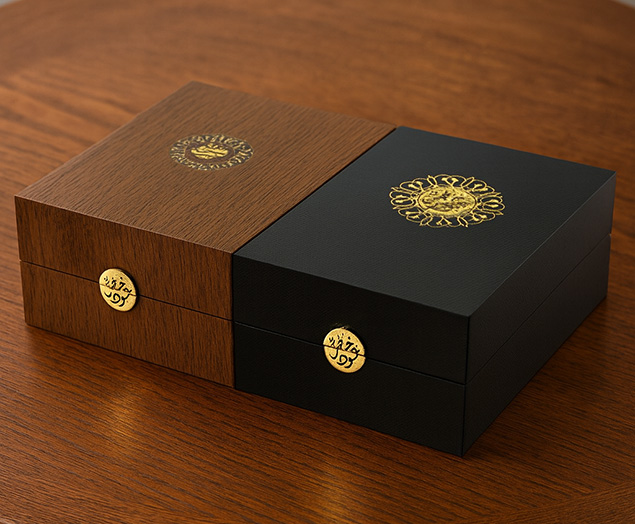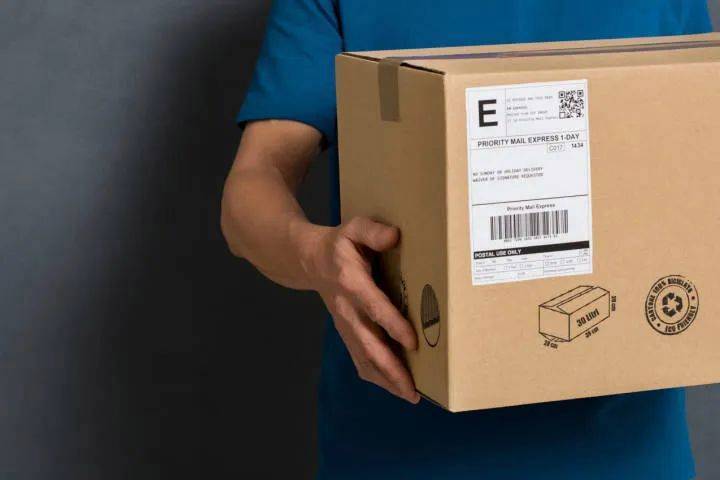Custom Food Packaging Guide – Advantages & How To Customize Food Packaging
Customizing food packaging can help to create a unique brand identity, increase sales, enhance the customer experience, and provide optimal product protection and sustainability. Also, custom food packaging can be a great way to promote your brand and make your products stand out on store shelves. Today, we are going to show you how to custom food packaging.
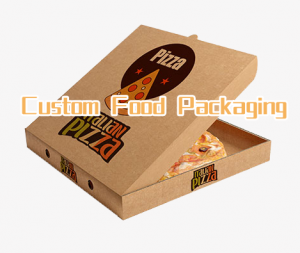
Advantages of Custom Food Packaging
Brand recognition: Customized food packaging helps to create brand recognition and awareness. Your packaging can include your logo, brand colors, and other design elements that help to distinguish your product from competitors.
Increased sales: Eye-catching packaging can attract customers and increase sales. Customized packaging can make your product stand out on store shelves, increasing the likelihood that customers will choose your product over others.
Enhanced customer experience: Customized packaging can enhance the overall customer experience. Packaging that is easy to open, resealable, or has clear instructions can make the customer’s experience with your product more positive.
Product protection: Customized packaging can be designed to provide optimal protection for your product, keeping it fresh and preventing damage during transport.
Sustainability: Customized packaging can be designed to be more sustainable, with eco-friendly materials or packaging that is recyclable, compostable, or biodegradable. This can help to reduce your company’s environmental footprint and appeal to environmentally conscious customers.
Improved communication: Customized packaging can provide space for important product information, such as nutritional information, ingredients, and allergen warnings, improving communication with customers.
How To Custom Food Packaging?
Define your packaging requirements: Before starting to design your custom packaging, you need to determine the size, shape, and type of packaging that would be suitable for your food product. Consider factors such as the product’s weight, size, and shelf life.
Choose your packaging material: There are several options for packaging materials, including plastic, paper, and aluminum. The material you choose will depend on factors such as the type of food product, the desired shelf life, and your budget.
Create your design: Your packaging design should be eye-catching and should communicate your brand’s message. Consider incorporating your brand’s logo, colors, and other design elements that represent your brand’s personality. You can work with a professional graphic designer or use online design tools to create your design.
Get a sample: Before mass-producing your packaging, it’s essential to get a sample to ensure that it meets your requirements and looks the way you want it to.
Find a packaging supplier: Look for a reputable packaging supplier that can produce your custom packaging. Make sure to choose a supplier who specializes in food packaging and who can meet your quantity and budget requirements.
Produce your packaging: Once you have found a supplier, you can produce your custom packaging. Make sure to conduct quality control checks to ensure that the packaging meets your standards.
Launch your custom packaging: Once your custom packaging is ready, it’s time to launch it. Make sure to use it in your marketing efforts and communicate the benefits of your product and its packaging to your customers.
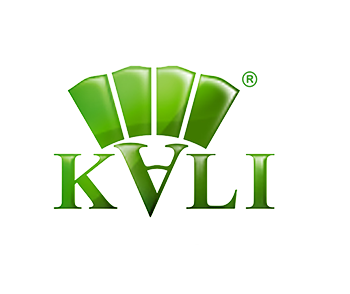
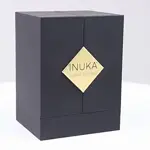
Top 10 Creative Cosmetic Packaging Design Ideas & illustrations 2023 | Luxury-Paper-Box.Com
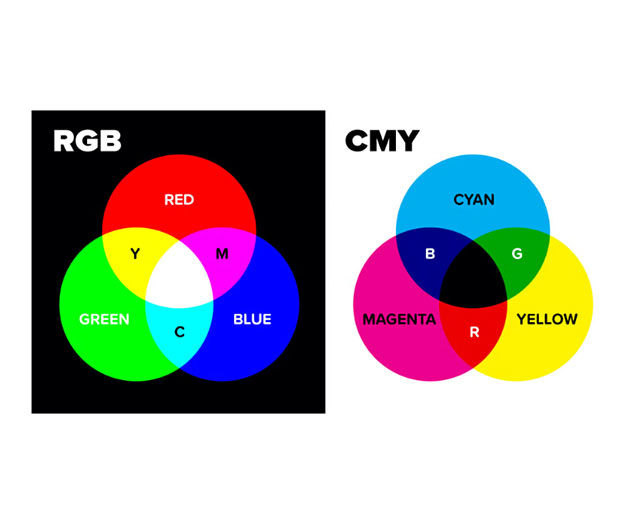
What Is the Difference Between RGB and CMYK





